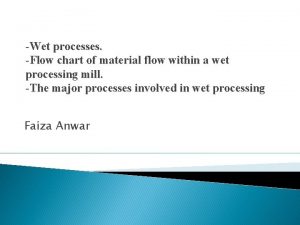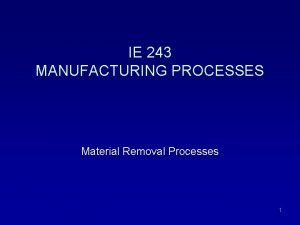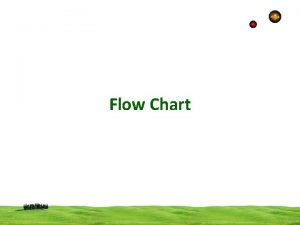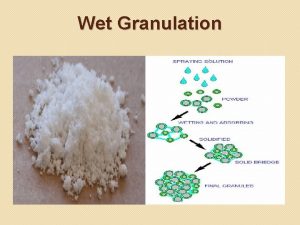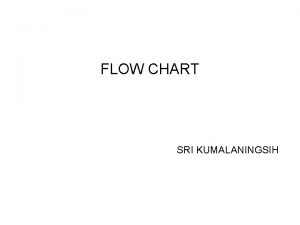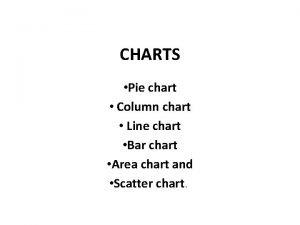Wet processes Flow chart of material flow within










- Slides: 10

-Wet processes. -Flow chart of material flow within a wet processing mill. -The major processes involved in wet processing Faiza Anwar

Textile wet processing � What is wet processing: The textile wet processing sector of the textile industry exist in order to carry out all the processes on the textile that involve some form of wet treatment. It include the process such as � Bleaching � Dyeing � Printing � Finishing

Textile wet processing �Functions of wet processing Three type of process involve in textile wet processing Preparation process Exist to ensure that the textile has the right physical and chemical properties to enable it to be colored or finish. For example � Scouring � Bleaching � Heat setting etc.

Textile wet processing �Functions of wet processing Preparation process : Textiles are often in vary impure state when arrived at the coloration stage like a woven fabric still contain a great deal of impurities when arrives at dyeing or printing stage. These impurities must be removed before dyeing and printing otherwise they spoil the coloration process and appearance of textile. Man made fibers also will need to be cleaned up in some cases.

Textile wet processing �Functions Coloration process of wet processing Exist to provide the textile with color either for aesthetic reasons or for some functional purpose determined by the end use of the product. The process by which the textile materials are coloured by different types of dye or pigments, related chemicals required water is called dyeing. Localized application of dyestuff or pigments on fabric according to the predetermined design is called printing. For example � Dyeing � Printing

Textile wet processing �Functions of wet processing Coloration process: we no only color textiles in order to make them more attractive but also for some important purposes like printing of military uniform for camouflage purpose not for aesthetic purpose.

Textile wet processing �Functions of wet processing Finishing process Exist to provide the textile with the properties that the end use demands and which have not already been provided by any earlier process. For example � Water repellency � Antimicrobial � flame retardancy etc.

Textile wet processing �Function of wet processing Finishing process: As the name suggest finishing processes comes at the end of a series of processes typically right at the end of the whole processing sequence of textile. When textile reaches the finishing stage, the process have gone before may have impaired or even destroyed some of the properties of the fiber that it would be desirable to have retained in the final product. The finishing process is carried out to re-introduced the properties or to increase them.

When is wet processing carried out � The processing of textile from the original loose raw fiber to the final product it is helpful to understand when processes could occur.

Reference � Eurotex Vol. IV, Textile Wet Processing.

